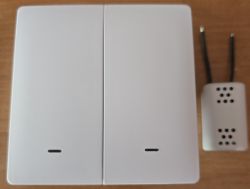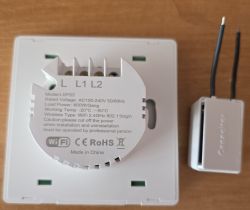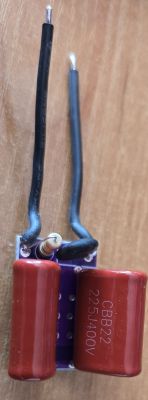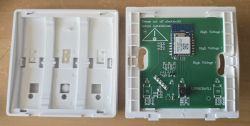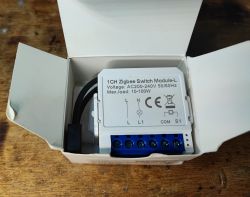 .
.
The LZWSM16-1 is a single Zigbee-controlled 'relay' module measuring 39x39x20mm, it works with a classic switch and does not require a neutral wire to operate, so it will probably find its place in many a box. The whole thing normally works with the manufacturer's gateway, but it is also supported by Zigbee2MQTT, so you can pair it with Home Assistant.
In our country, this gadget costs around £50.
We receive a box like this:

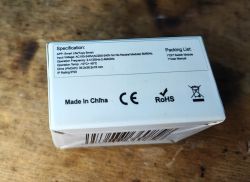

 .
.
This black component is a capacitor, also referred to as an "adapter" by vendors - I don't know why, I don't like this name. The instructions explain where it is fitted:
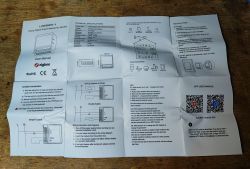
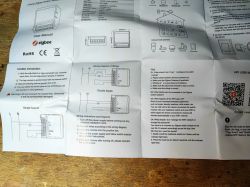
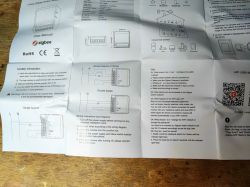
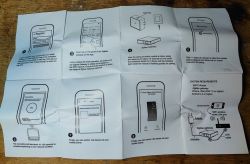 .
.
So, we connect according to the instructions and pair.
I have the Home Assistant set up according to a theme from a few years ago, but obviously updated:
Home Assistant tutorial - configuration, WiFi, MQTT, Zigbee, Tasmota
Zigbee2MQTT I also updated:
How do I update Zigbee2MQTT Home Assistant to the latest version? Unsupported device? .
If necessary, we reset the device according to the instructions, in HA we make sure that pairing is enabled.
The device appears in our list:
 .
.
From this point on, we can already see its data:
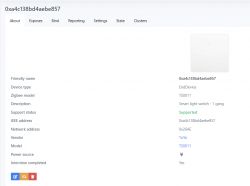 .
.
And we can control the relay remotely.
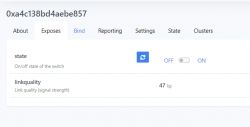 .
.
Of course, automation can also be based on this - e.g. switching this switch triggers another switch.
 .
.
HA sees this product as TS0011.
Brief presentation:
Of course, the old, classic switch can also be connected - then changing its state changes the state of the lamp.
Interior of LZWSM16-1 .
Just out of curiosity, this is not needed to pair with Home Assistant. Let's undermine the catches.

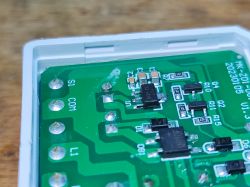
 .
.
PCB designation: MK-ZD1-001, data 20230105 V1.3
On the board I can see so far a rectifier bridge and an AMS1117-3.3V LDO regulator....

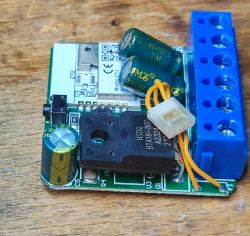
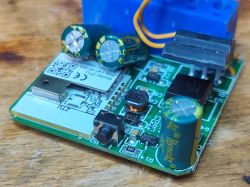
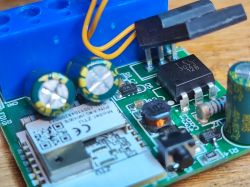
 .
.
The other side of the PCB is much more interesting. There is no relay here! Well, basically, it was already clear from the label itself that this is not implemented on a relay, as evidenced by the maximum load of up to 100W. The whole thing is based on a BTA16-800 triac controlled by an EL3023 optotriac. I was also interested in this fuse - why is it on such long wires? Apart from that, inside I see something that resembles a step-down converter, but I haven't analysed it thoroughly. The module itself inside is a ZTU (32bit CPU, 1024KB flash , 64KB RAM), or Zigbee from Tuya:
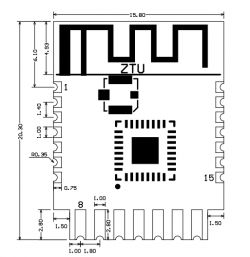 .
.
The module format reminds me of the CBU on the BK7231N and I have seen similar products (equivalents of the one on WiFi) based just on the CBU, the rest were similarly built.
Summary .
Basically I was expecting just this type of design in the middle. It is often found in solutions operating without a neutral wire connection, plugged into the phase wire itself. Also by the sheer power of the load (up to 100W) you can see that this is not just a simple relay.
It is also worth mentioning how the old switch works with this product - just as, without this module, a switch would, for example, indicate light on in one position and light off in the other, here the mere act of changing the state of the switch switches the product to the opposite state. It is unlikely to be possible otherwise, as it can be switched both remotely, with a button on the housing, and with an old switch....
Do you use solutions that do not require a neutral wire, and if so, Zigbee or WiFi versions? .
PS: Recently someone on the forum was looking for a module that doesn't make a switching (relay) sound - and here is just such a module. 100% silent operation.
Cool? Ranking DIY Helpful post? Buy me a coffee.








